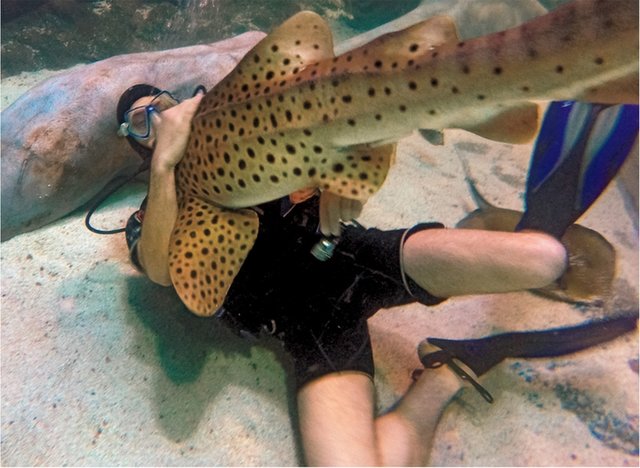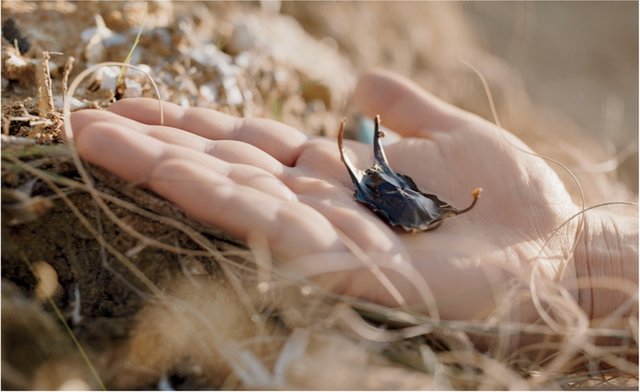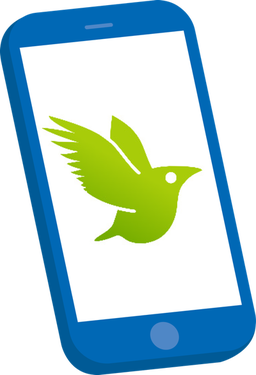MoreSignsofTrouble
Gajićalsoexaminessharks’otherorgans.Hefoundsignsoftroublethere,too.Manysharkshadeatenplastic.Hefoundfragmentsintheirstomachsandtheirintestines.Thismaycausesomeoftheproblemsanddiseasesin sharks.
Theseresultsarealarming.Weretheyisolatedcases?Hedoesn’tthinkso,butheneedsmoresamplesfrommoresharkstobesure.Onethingiscertain:Eachofthesediseasescanbetracedto pollution.

Gajićstudiessharksincaptivity, too.
NextSteps
Gajićhasalotofworkahead—notjustinfurthersharkstudies,butinconservation,too.Hehasalotofquestions.Canexistinglawsbestrengthenedtoprotecttheenvironment?Canawarenessberaisedsothatpeopleunderstandhowhumanactionsareaffectingmarineanimals?Whatcankidsdotohelpkeepsharks healthy?
Gajićsaystherearemanythingsthatkidscandotohelp.Somemightsurpriseyou.Forexample:Takealookatthetoothpasteyouuse.Sometoothpastescontainmicroplastics.Microplasticsaresmallplasticpieceslessthanfivemillimeters(0.2inches)insize,whichcanbeharmfultoaquaticlife.Youcanalsohelpbynotusingdisposableplasticbagsorplasticdrinkingstraws.Manyofthesethingsendupinour waterways.
Hesaysthatyoucanhelpbyparticipatingincitizenscience.Isthereabeachnearyou?Takeawalk.Lookatwhatyoufindthere—youmayfindtheeggcasesofsomesharkorskatespecies.TakeaphotoanduploadittoiNaturalist.Thismayhelpresearcherslikehimlearnpreciselywheresharknurserygrounds are.
Mostofall,learnasmuchasyoucanaboutsharksandtheirenvironment.Thensharewhatyouknowwithothers.Themoreweknowaboutourworldandhowouractionscanaffectit,theeasieritwillbecometohelpbuildaplanetin balance.
GajićencountersahugejellyfishinNeum Bay.

skateeggcasefoundonabeachin Malta

iNaturalistisacitizenscienceprojectandonlinenetworkofnaturalistsandcitizenscientistsbuiltontheconceptofmappingandsharingobservationsofbiodiversityacrosstheglobe.Tolearnhowtousethisfreeprogram,goto:www.inaturalist.org